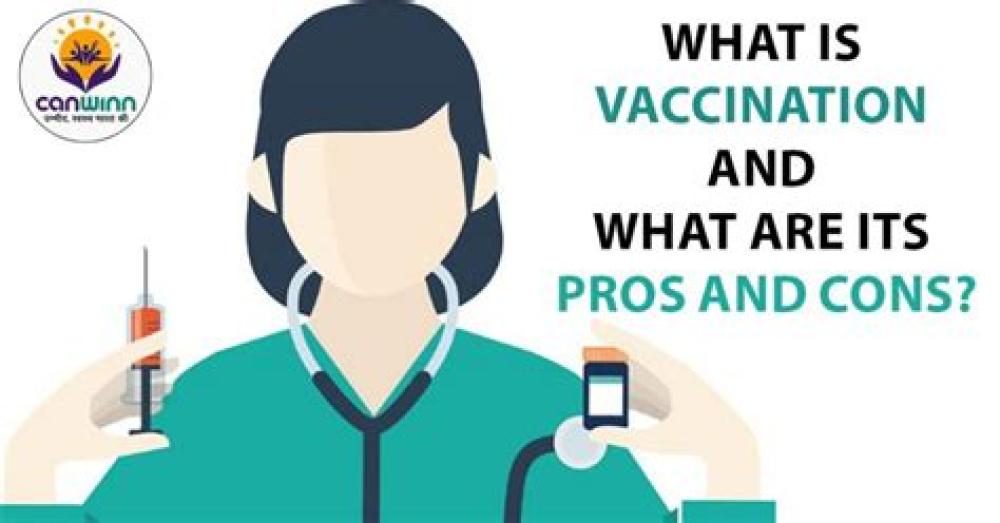Authors: Joel Abrams
The World Health Organisation lists about 180 COVID-19 vaccines being developed around the world.
Each vaccine aims to use a slightly different approach to prepare your immune system to recognise and fight SARS-CoV-2, the virus that causes COVID-19.
However, we can group these technologies into five main types. Some technology is tried and trusted. Some technology has never before been used in a commercial vaccine for humans.
As we outline in our recent paper, each technology has its pros and cons.
1. DNA/RNA-based
DNA and RNA vaccines use fragments of genetic material made in the lab. These fragments code for a part of the virus (such as its spike protein). After the vaccine is injected, your body uses instructions in the DNA/RNA to make copies of this virus part (or antigen). Your body recognises these and mounts an immune response, ready to protect you the next time you encounter the virus.
Pros
- these vaccines can be quickly designed based on genetic sequencing alone
- they can be easily manufactured, meaning they can potentially be produced cheaply
- the DNA/RNA fragments do not cause COVID-19.
Cons
- there are no approved DNA/RNA vaccines for medical use in humans, hence their alternative name: next-generation vaccines. So they are likely to face considerable regulatory hurdles before being approved for use
- as they only allow a fragment of the virus to be made, they may prompt a poor protective immune response, meaning multiple boosters may be needed
- there’s a theoretical probability vaccine DNA can integrate into your genome.
The speed at which these vaccines can be designed, needing only the genetic sequence of the virus, is why these vaccines were among the first to enter clinical trials.
An RNA vaccine, mRNA-1273, being developed by Moderna and the US National Institute of Allergy and Infectious Diseases, advanced to clinical testing just two months after the virus was sequenced.
2. Virus vectors
These vaccines use a virus, often weakened and incapable of causing disease itself, to deliver a virus antigen into the body. The virus’ ability to infect cells, express large amount of antigen and in turn trigger a strong immune response make these vaccines promising.
Examples of viruses used as vectors include vaccinia virus (used in the first ever vaccine, against smallpox) and adenovirus (a common cold virus).
Pros
- highly specific delivery of antigens to target cells and high expression of antigen after vaccination
- often a single dose is enough to stimulate long-term protection.
Cons
- people may have existing levels of immune protection to the virus vector, reducing the effectiveness of the vaccine. In other words, the body raises an immune response to the vector rather than to the antigen.
For More Information: https://theconversation.com/from-adenoviruses-to-rna-the-pros-and-cons-of-different-covid-vaccine-technologies-145454
